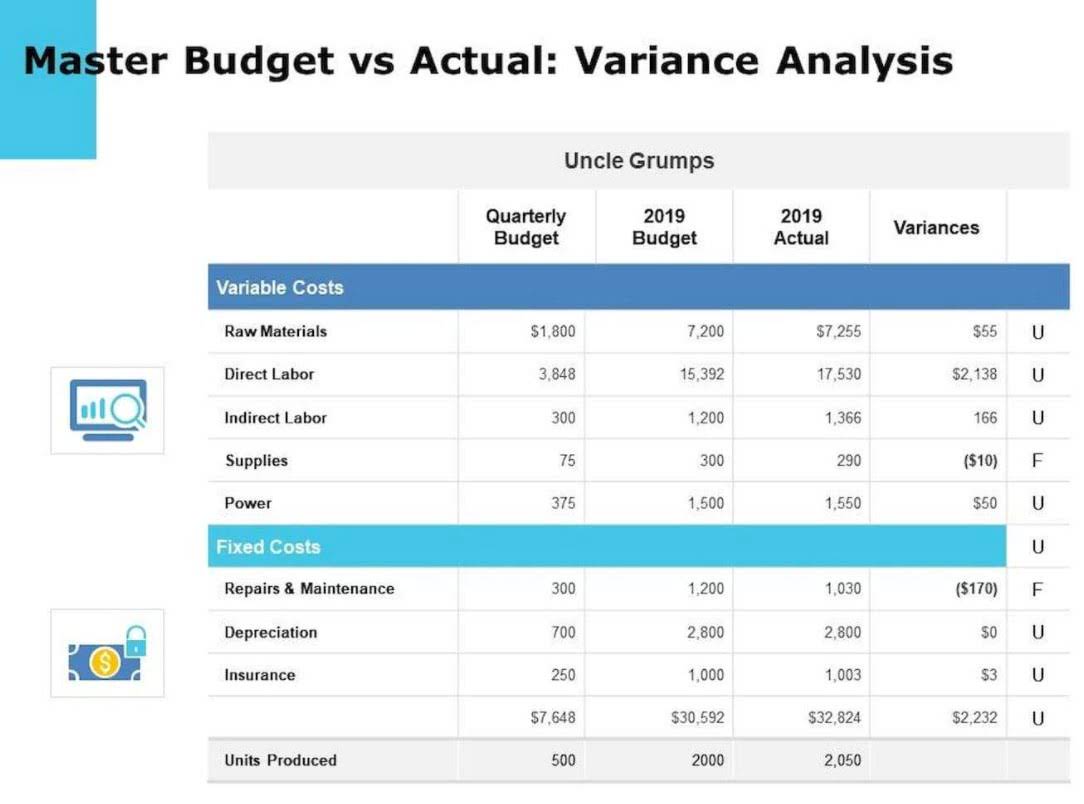
Financial statements issued between the end-of-the-year financial statements are referred to as interim financial statements. Accounting years which end on dates other than December 31 are known as fiscal years. Now that we have seen some sample balance sheets, we will describe each section of the balance sheet in detail. Before discussing where retained earnings fall on the balance sheet, it is crucial to understand what they are.
Which of these is most important for your financial advisor to have?
- For example, when a corporation borrows money from its bank, the bank loan was a source of the corporation’s assets, and the balance owed on the loan is a claim on the corporation’s assets.
- The total amount of the stockholders’ equity section is the difference between the reported amount of assets and the reported amount of liabilities.
- In fact, debt can enable the company to grow and generate additional income.
- This gives you the amount of profits that have been reinvested back into the business.
- This financial statement reports the amounts of assets, liabilities, and net assets as of a specified date.
- Over time, as companies accumulate profits they must record them on the balance sheet as a balance.
Retained earnings are usually considered a type of equity as seen by their inclusion in the shareholder’s equity section of the balance sheet. Though retained earnings are not an asset, they can be used to purchase assets in order to help a company grow its business. Using the formula, add your net income to the beginning retained earnings, then subtract any dividends paid out. This includes all dividends paid out to shareholders during the period. The company records that liabilities increased by $10,000 and assets increased by $10,000 on the balance sheet. There is no change in the company’s equity, and the formula stays in balance.

SERVICES

This, of course, depends on whether the company has been pursuing profitable growth opportunities. Revenue is the money generated by a company during a period but before operating expenses and overhead costs are deducted. In some industries, revenue is called gross sales because the gross figure is calculated before any deductions. On the other hand, when a company generates surplus income, a portion of the long-term shareholders may expect some regular income in the form of is retained earnings a long term liabilities dividends as a reward for putting their money into the company. Traders who look for short-term gains may also prefer dividend payments that offer instant gains.
- The balance sheet (also known as the statement of financial position) reports a corporation’s assets, liabilities, and stockholders’ equity as of the final moment of an accounting period.
- Furthermore, the retained earnings are available for use in future years without the need for additional financing.
- The standards, rules, guidelines, and industry-specific requirements for financial reporting.
- A sturdy, growing retained earnings balance can indicate financial wellness—it suggests that a company earns more than it spends and invests those profits wisely.
- Retained earnings refer to the portion of a company’s net income that is kept or retained and not distributed as dividends to shareholders.
How much will you need each month during retirement?
- Instead, each year the recorded cost of the goodwill must be tested to see if the cost must be reduced by what is known as an impairment loss.
- Banks carry higher amounts of debt because they own substantial fixed assets in the form of branch networks.
- Retained earnings are the portion of a company’s cumulative profit that is held or retained and saved for future use.
- A quick definition of current assets is cash and assets that are expected to be converted to cash within one year of the balance sheet’s date.
- Now that you’ve learned how to calculate retained earnings, accuracy is key.
- When one company buys another, the purchaser buys the equity section of the balance sheet.
Microsoft Excel provides a balance sheet template that automatically calculates financial ratios such as the D/E ratio and the debt ratio. Managing retained earnings depends on many factors, including management’s plans for the business, shareholder expectations, the business stage and law firm chart of accounts expectations about future market conditions. It shows a business has consistently generated profits and retained a good portion of those earnings. It also indicates that a company has more funds to reinvest back into the future growth of the business. Yes, having high retained earnings is considered a positive sign for a company’s financial performance. Retained earnings, on the other hand, refer to the portion of a company’s net profit that hasn’t been paid out to its shareholders as dividends.
Retained earnings, at their core, are the portion of a company’s net income that remains after ledger account all dividends and distributions to shareholders are paid out. Generally speaking, a company with a negative retained earnings balance would signal weakness because it indicates that the company has experienced losses in one or more previous years. However, it is more difficult to interpret a company with high retained earnings. In the long run, such initiatives may lead to better returns for the company shareholders instead of those gained from dividend payouts. Paying off high-interest debt also may be preferred by both management and shareholders, instead of dividend payments. Retained earnings are also called earnings surplus and represent reserve money, which is available to company management for reinvesting back into the business.

What is a statement of retained earnings?

Oftentimes, the notes will be more voluminous than the financial statements themselves. A company’s equity reflects the value of the business, and the retained earnings balance is an important account within equity. To make informed decisions, you need to understand how financial statements like the balance sheet and the income statement impact retained earnings. Retained earnings refer to the portion of a company’s net income or profits that it retains and reinvests in the business instead of paying out as dividends to shareholders. It’s an equity account in the balance sheet, and equity is the difference between assets (valuables) and liabilities (debts).
